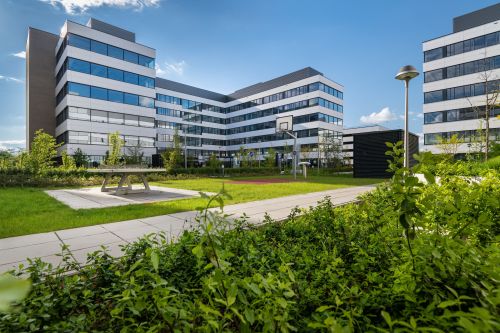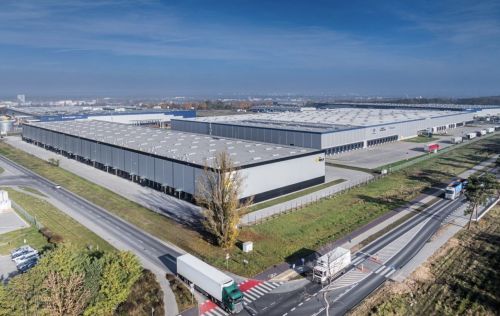It might seem as though you can’t open a real estate magazine or click on an article about the property market these days without reading about how digitalisation has been transforming the sector. Especially warehouse and logistics development, where developers and project managers boast about the latest cutting-edge digital processes – including AI, building information modelling (BIM) and digital twins – that are being employed in the design and running of their properties. The same can also be said to varying extents about office, retail and even housing projects. And digitalisation has now taken on a special importance as EU directives enforce the adoption of solutions for reducing carbon footprints and waste. But there is one sector at the heart of the entire process of bringing buildings into life that is lagging behind the others in this respect: construction management. And this seems to be particularly the case in Poland.
Traditional ways of managing buildin

























































